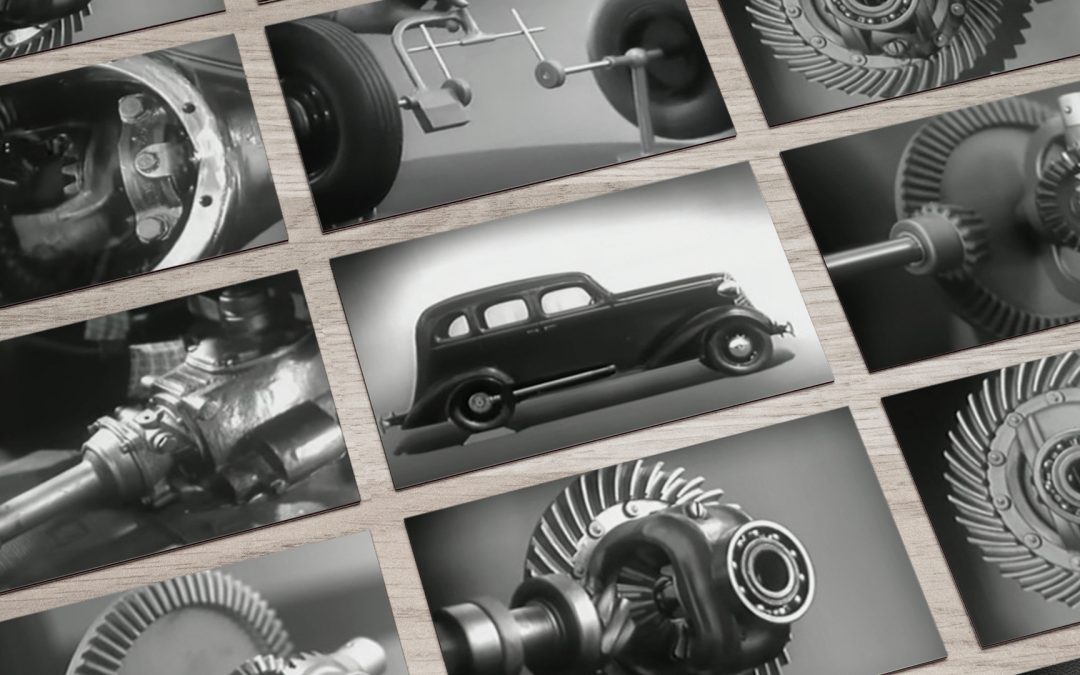Featuring state-of-the-art editing, this video is still relevant nearly a century later.

Bleeding brakes is one of those jobs most of us know how to do, but when a hard-to-bleed system pops up, experienced techs have a few additional tricks up their sleeves to help get the job done. You can certainly vacuum bleed or power bleed if you have the equipment, but if you do not, here are a few strategies that may be another arrow in your quiver. Don’t pull out your hair over a little bit of air!
We probably all do this, but if you aren’t bench bleeding before you install, you should. Driving air out of the system before the master cylinder is bolted in place is easy and effective.
In terms of sheer ease, a gravity bleed is about as simple as it gets. Fill the master and reservoir, put the car in the air, and leave the bleeders open until you see fluid arrive. Close the bleeders as you see them begin to pass brake fluid.
Especially for vehicles with weird bends or bleeders that are not at the highest point on the caliper, simply unbolting the caliper and moving it so the bleeder becomes the high point works wonderfully for pockets of trapped air.
Starting at the master, you can loosen fittings working your way to the rear of the car. Treat each fitting like a bleeder, and you may notice your pedal firms right up simply because you’re not trying to drive the air out nearly so far.
While you’re undercar trying the previous tip, throw this one into the mix, too! Tap those lines and hoses before and during the pressure build. Sometimes the small vibrations can knock clinging air bubbles free.
If you’ve got the time and you’ve got some pedal, but it’s not perfect, pump up the brakes, then grab a 2×4 (or something else suitable) to wedge the brake pedal down overnight. There are various theories as to why this works, but it definitely does. Often the rock-hard pedal in the morning doesn’t need further effort on your part at all!
Sometimes pushing pads back into calipers after a brake fluid drain and fill can get the air bubbles moving in a way fluid pressure can’t, because the pressure is coming from another source internally.
The next time you’re stuck on a hard-to-bleed vehicle, see if one of these methods helps you out. They’re low-tech and high-yield, and just might keep you from getting stuck in a flat-rate time-suck.
The articles and other content contained on this site may contain links to third party websites. By clicking them, you consent to Dorman’s Website Use Agreement.
Participation in this forum is subject to Dorman’s Website Terms & Conditions. Please read our Comment Policy before commenting.